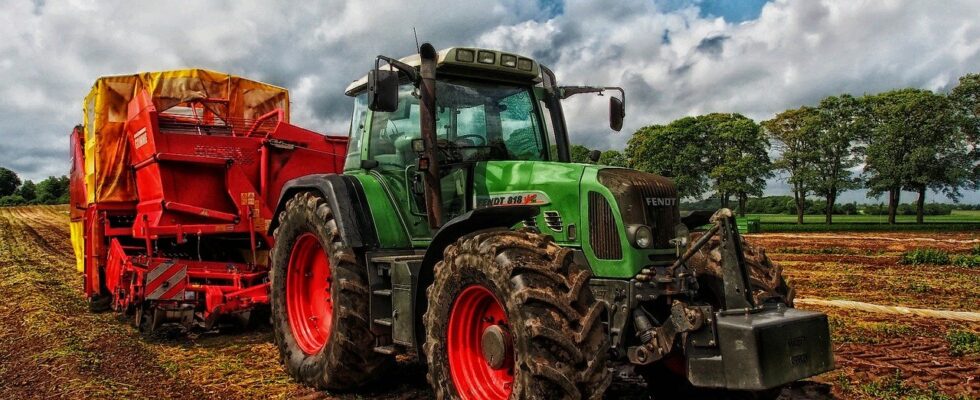
2022 is set to be a watershed year for the global agtech sector, with record investment behind technology and startups aiming to transform agriculture. Australia cannot risk being left behind. Industry and government must remain focused on supporting locally developed technology if we are to build on Australia’s world-leading position as an agriculture powerhouse.
Agtech is experiencing a wave of venture capital activity with US$51.7 billion ($72.9 billion) in 2021 recorded by the 2022 AgFunder AgriFoodTech Investment Report — an 85% increase over 2020. Of global agtech investment, the lion’s share went to the US (41% of investment capital), followed by Asia and Europe. While investment recorded in Oceania doubled from 2020 to 2021, overall investment in Australian agtech is not yet at the level at which it needs to be.
Australia has demonstrated its ability to lead the world in certain subsectors of agriculture. For example, we are global leaders when it comes to organic farming — 2019 numbers show that Australia accounts for more than half (51%) of the worlds certified organic agriculture hectares. We are one of the world’s top 10 beef producers, and number two for lamb, after China.
Agriculture employees hundreds of thousands of Australians and is a massive economic driver — and we need to excel in this sector. Yet, we are at risk: drought, climate variability, biosecurity, global competition and changing consumer preferences post-COVID are reshaping the adoption of technology within agriculture. This will be even more transformational for a sector which remains the least digitised of all major industries.
Technology investment is even more important for Australian agriculture given the unique constraints the sector faces such as high labour costs and production capacity constraints. Innovation also offers us pathways to capitalise on our strengths: quality products, integrity in how we farm, and a reputation for trust.
Australia needs to focus more on branded, value-added products and global, top-tier consumers to build a healthy agricultural sector and give the industry the opportunity to earn healthy margins by developing globally competitive businesses. Australia’s recent free trade agreement with India is a good step in this direction, with the potential to support digital uptake in the agriculture sector in the long run.
The opportunity for Australia to innovate in is highlighted by the immature supply agricultural supply chain.
The supply chain has massive potential for greater technology adoption, with objective data to highlight and prove the quality of Australia’s agriculture in products and process. We have already seen several Australian startups looking to create products and services in this space — but we need more.
As the global investment pool for agtech grows, we will see further momentum and we’ll see businesses rapidly grow and be acquired. Australia’s agritech sector can thrive with a supportive policy environment, workforce and investment. The future of agtech in Australia will be one in which data analytics and artificial intelligence are as at-home on the farm as they are in any other high-tech industries. Agtech can also maximise opportunities for regional employment, business development and Indigenous landholders.
Australia’s diverse agriculture, fisheries and forestry sector is a $69 billion industry, delivering significant benefits for our nation. However, reaching the government’s goal of $100 billion by 2030 will likely require more than just incremental technological advancements.
Fostering more investment in agtech will not only ensure the food security of Australia but alsosimultaneously address issues related to energy, water, sustainability, environment, climate, industry and emissions reduction.
By Remo Carbone, CEO of MEQ Probe
This article was first published by Smart Company
